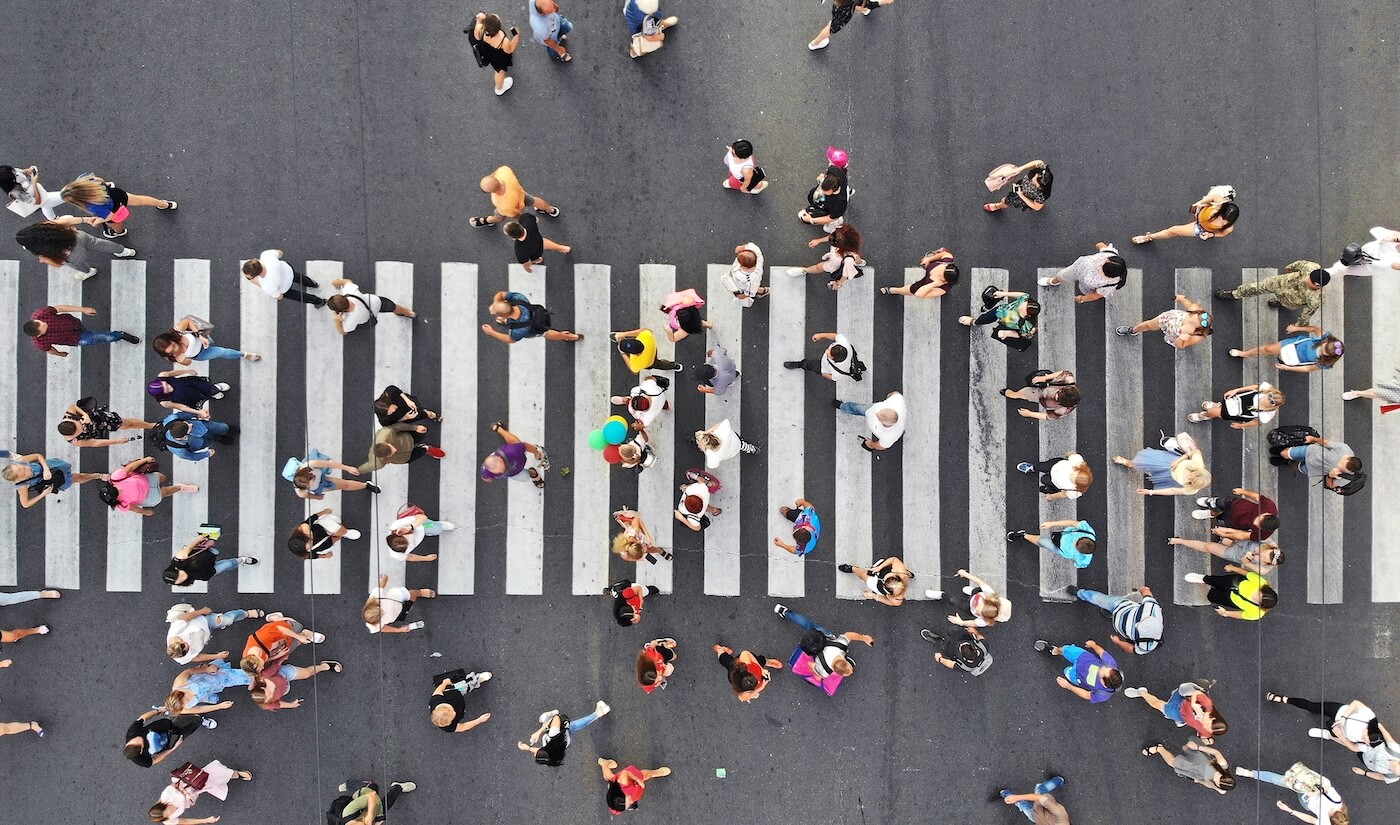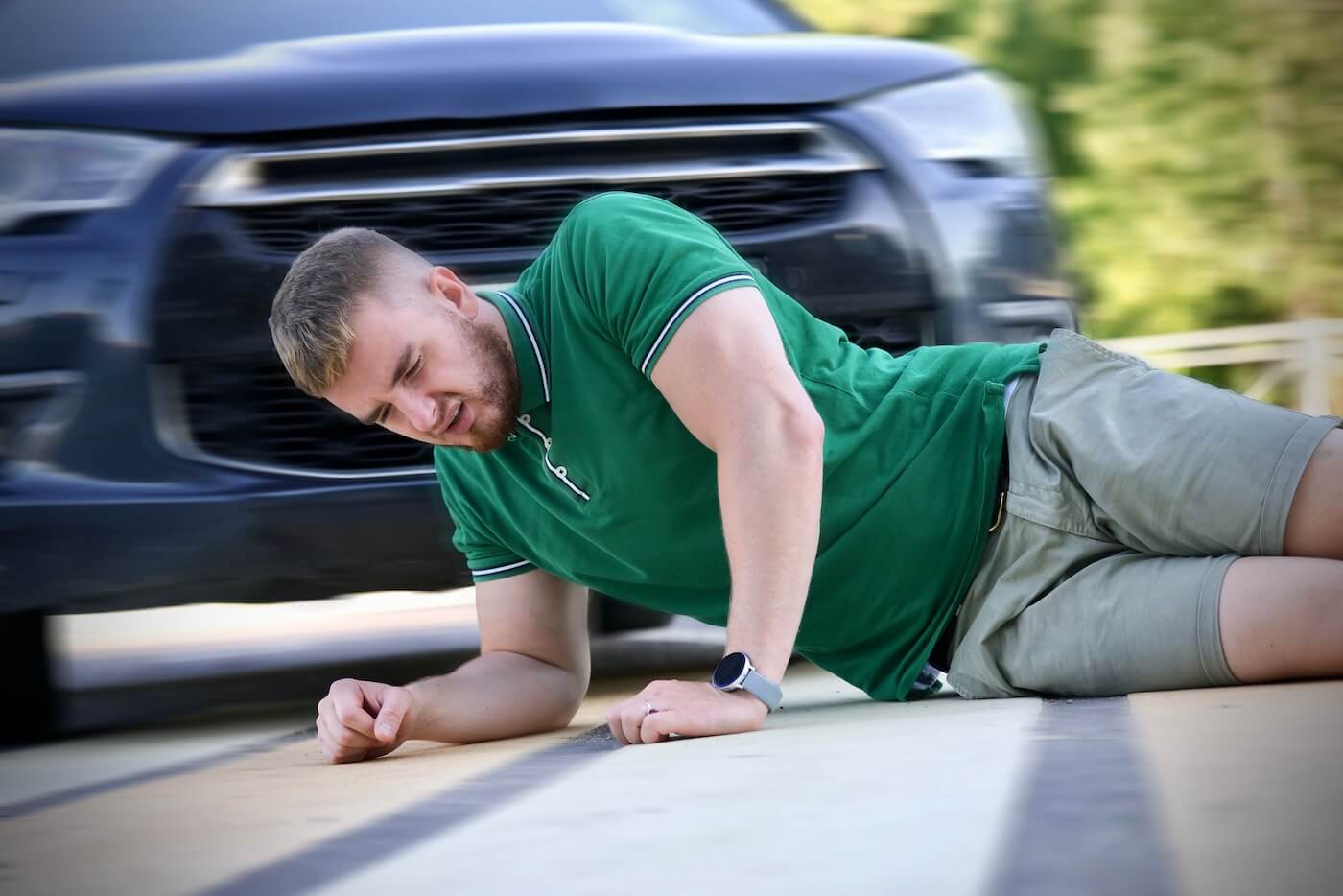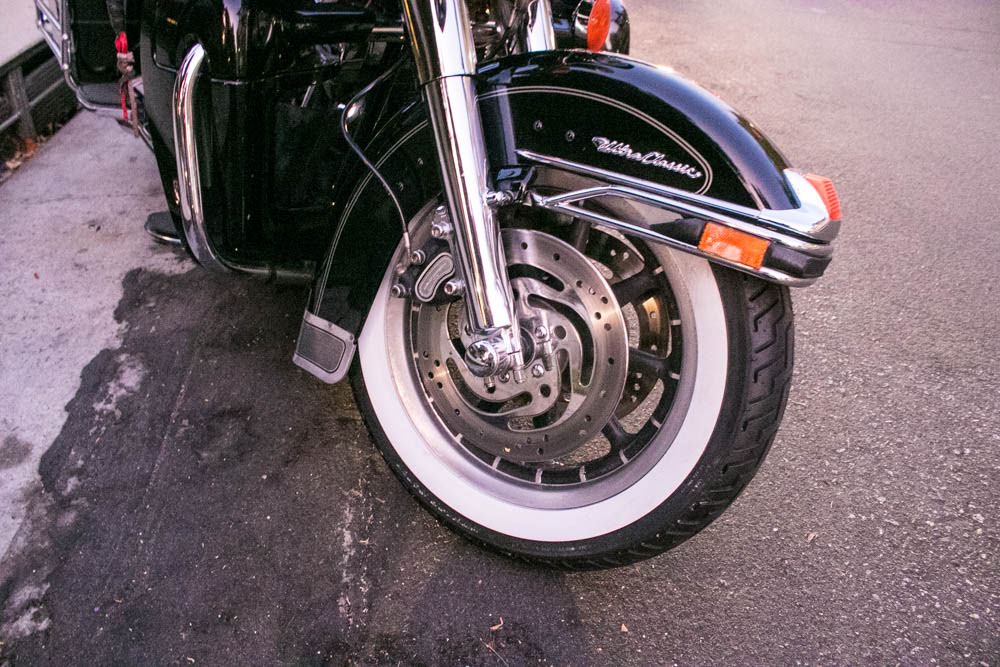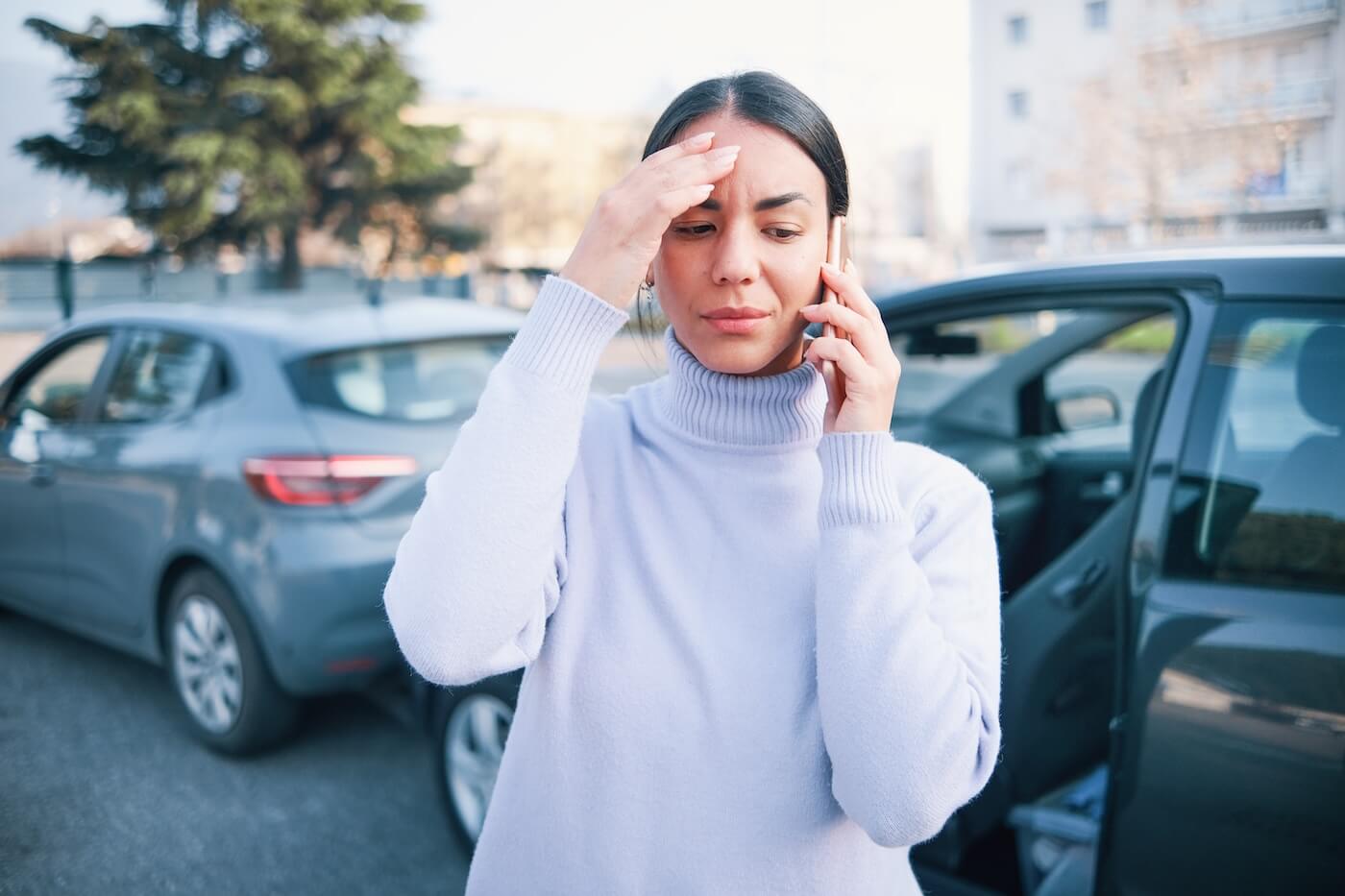Can You Sue a Driver for Hitting You in a Crosswalk on a Bike?

Written by Molly A. Ullrich

If you are hit by a driver while riding your bike in a crosswalk, you may wonder if you have grounds to sue. Yes, you can sue a driver for hitting you in a crosswalk on a bike, especially if the driver was at fault or negligent. Understanding your rights and the steps to take after an accident is crucial.
Liability often depends on who had the right of way and whether traffic laws were followed. Collecting evidence and documenting injuries can strengthen your case if you decide to pursue legal action.
Understanding Your Legal Rights as a Bicyclist in a Crosswalk
Legal Protections Afforded to Bicyclists
When you ride your bike through a crosswalk, you are often given protections similar to pedestrians. This means drivers must yield to you, just as they would to someone walking. However, these protections can vary depending on whether you are walking your bike or riding it across.
In many states, if you are riding your bike in a crosswalk, you are still considered a vehicle operator, which can limit some pedestrian rights. But if you dismount and walk your bike, you are afforded full pedestrian protections. You have the right to expect drivers to slow down and stop when you are crossing at a marked crosswalk.
Relevant State and Local Traffic Laws
Traffic laws differ widely from state to state, and sometimes between cities. Some states require drivers to yield to bicyclists in crosswalks under all circumstances. Others only provide this protection when the bicyclist dismounts.
For example, California’s Vehicle Code treats bicyclists as pedestrians when in crosswalks, requiring vehicles to yield. New York law is more cautious and obliges bicyclists to yield when riding, but protects those walking their bikes. Check your local laws to understand how liability is determined in bike-vehicle accidents at crosswalks.
Use official state DMV websites or municipal codes to verify your exact rights and obligations as a bicyclist in crosswalks.
Critical Steps After a Crosswalk Collision
If you are hit while biking in a crosswalk, your immediate actions affect your safety and any legal claim. Focus on getting medical help, collecting evidence, and involving law enforcement to support your case.
Prioritize Safety and Medical Attention
- First, move to a safe location if you can. Avoid standing in traffic to prevent further injury.
- Call emergency services immediately, even if injuries seem minor. Some injuries might not be obvious but require prompt treatment.
- Seek medical evaluation to document your condition. Medical records are vital evidence if you pursue a claim later.
- Follow your doctor’s orders, including follow-up visits and treatments. This documentation links your injuries to the accident, protecting your legal rights.
Evidence Collection and Documentation
- Collect as much information as possible at the scene. Take photos of injuries, your bike, vehicle damage, and the crosswalk environment.
- Write down the driver’s details: Name, contact, insurance information, and license plate number.
- Gather contact information from any witnesses. Their statements can prove what happened.
- Note the time, date, location, and weather conditions. This creates a clear record of the event.
- Preserve any clothing or gear damaged during the collision, as this can support your claim.
Contact Law Enforcement and Obtaining a Police Report
- Call the police right away to report the accident. A formal police report provides an official account of the incident for insurance and legal use.
- When officers arrive, provide a clear and factual statement. Avoid admitting fault or speculating about the accident.
- Request a copy of the police report as soon as possible. This document includes details like who was involved, the cause, and citations issued.
- Use the report in insurance claims and potential lawsuits, as it corroborates your version of events.

Legal Process and Compensation for Injured Cyclists
If you are hit by a driver while riding your bike in a crosswalk, you have concrete steps to follow to protect your rights. Establishing liability, documenting injuries, and knowing deadlines are essential for pursuing compensation.
Filing a Personal Injury Lawsuit
You begin by filing a personal injury lawsuit against the driver responsible for the accident. This requires gathering evidence such as police reports, witness statements, and medical records to prove fault and the extent of your injuries.
Typically, your attorney will draft a complaint outlining your claims and damages. The lawsuit is filed in civil court where your claim will be reviewed. Your lawyer can help determine if a settlement is possible before going to trial.
Smith & Weidinger PLLC can assist you in assembling your case and ensuring all required documents and deadlines are met.
Types of Damages and Compensation
You may be entitled to several types of damages, primarily economic and non-economic. Economic damages cover medical bills, rehabilitation costs, lost wages, and property damage to your bike.
Non-economic damages include pain and suffering, emotional distress, and loss of enjoyment of life. In rare cases, punitive damages may be awarded if the driver’s conduct was particularly reckless. Keeping detailed records of your expenses and the impact on your daily life will strengthen your claim and help quantify compensation.
Understanding the Statute of Limitations
You must file your lawsuit within a specific time frame called the statute of limitations. This period varies by state but generally ranges from one to three years after the accident. Failing to file within this time frame usually bars you from recovering any compensation. It is important to consult an attorney promptly to ensure you meet all deadlines.
Statutes may differ if the claim involves a government entity or if you are a minor, so legal guidance is crucial.
Navigating the Consultation Process
During your initial consultation with Smith & Weidinger PLLC, you will discuss the details of your accident and injuries. Be prepared to provide police reports, medical records, and any other documentation.
The attorney will evaluate the strength of your case, explain your legal options, and outline potential compensation ranges. They will also clarify how the legal process works and answer your questions. Our personal injury lawyers offer free consultations and work on a contingency fee basis, meaning you pay only if you recover damages.
Note: The information provided in this blog post has been compiled from publicly available and secondary sources. While we strive for accuracy, some details may become outdated or contain inadvertent errors. If you believe any information is incorrect or requires updating, please contact Smith & Weidinger so that we may review and make the appropriate corrections.
Disclaimer: This blog post is for informational purposes only and is not intended as a solicitation for business. The photo used is not from the scene of the incident described. Viewing this content does not create an attorney-client relationship with Smith & Weidinger. If you have been injured in an accident, please seek immediate medical attention and then consult with a qualified attorney to discuss your legal rights and options.










